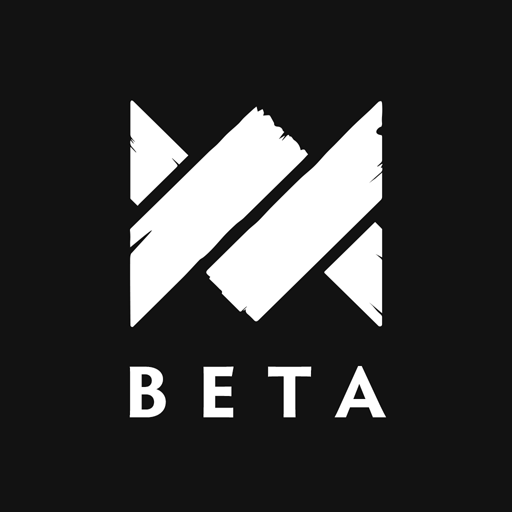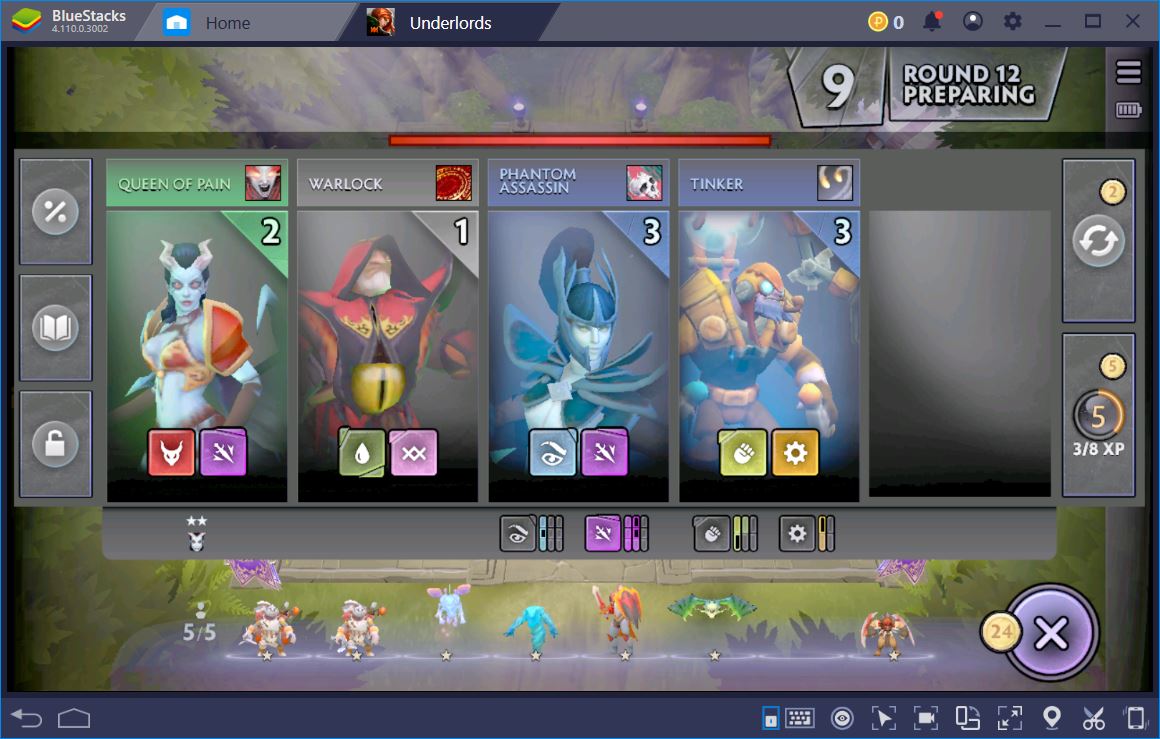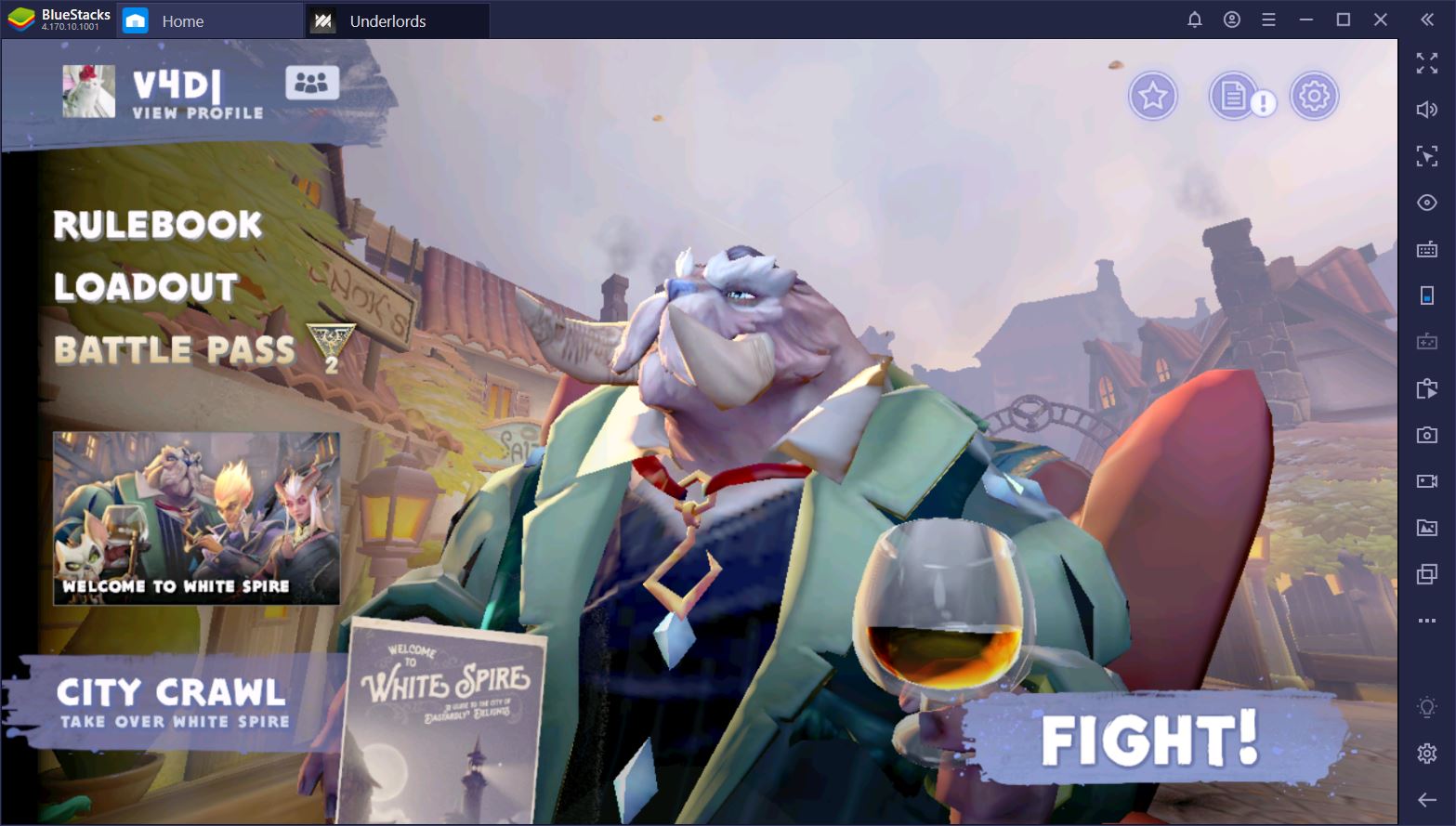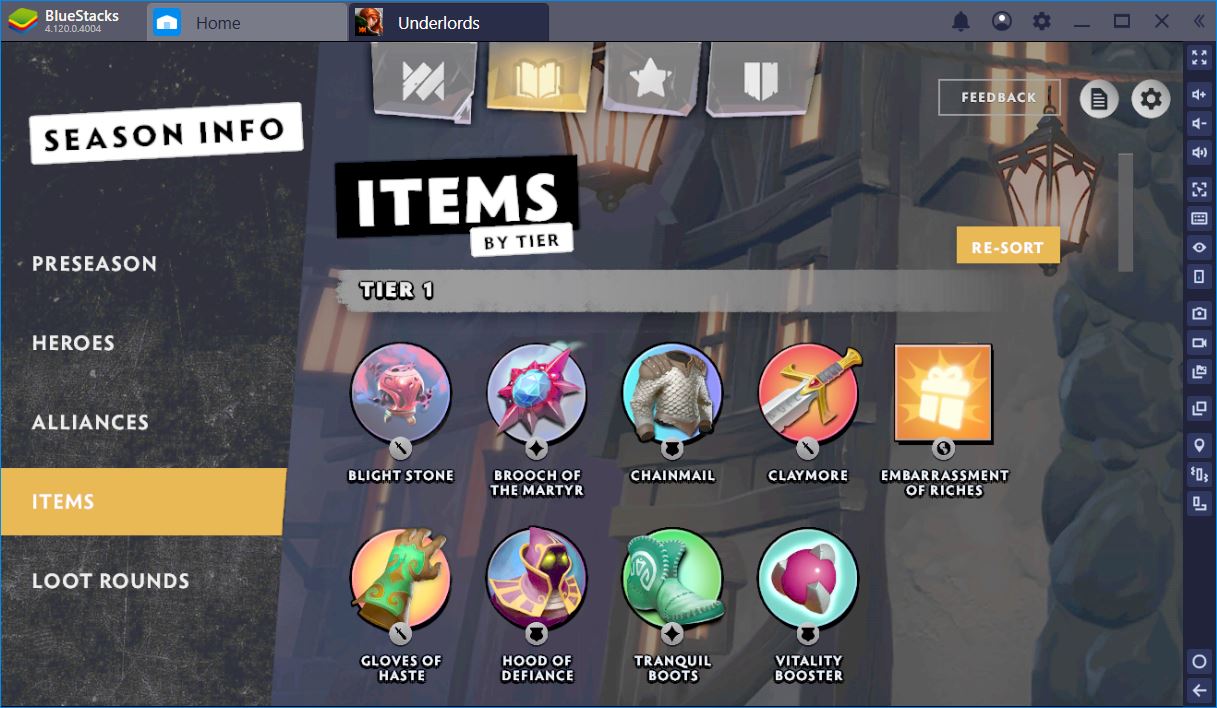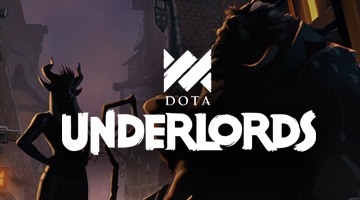Dota Underlords: Should You Transition or Stick to Your Guns?
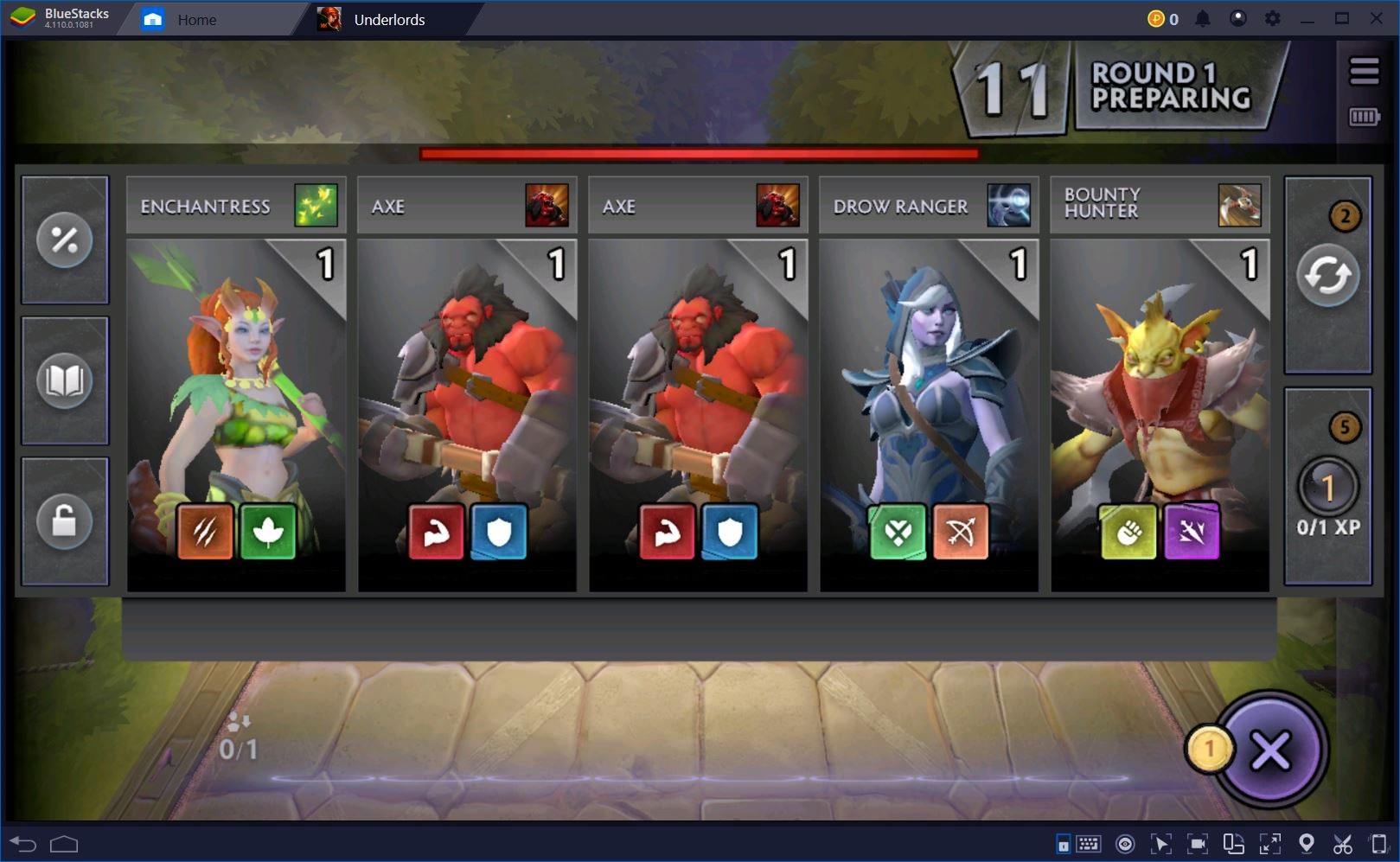
Back in the “legendary meta”, everything that mattered in Dota Underlords was to get to level 10 before everyone else so that you could find as many 5-cost units as possible. Legendries were so heavily favored that players used to joke about the fact that the first person to get an Enigma to 2-stars was guaranteed to win the match. Most of the times, this was, sadly, the case.
The August patch changed everything. Now, almost all alliances are viable and the most important thing is to get the right 3-star units before the late-game. Of course, some synergies remain better than others, but it’s far more important to have fully upgraded heroes than to yank the best units.
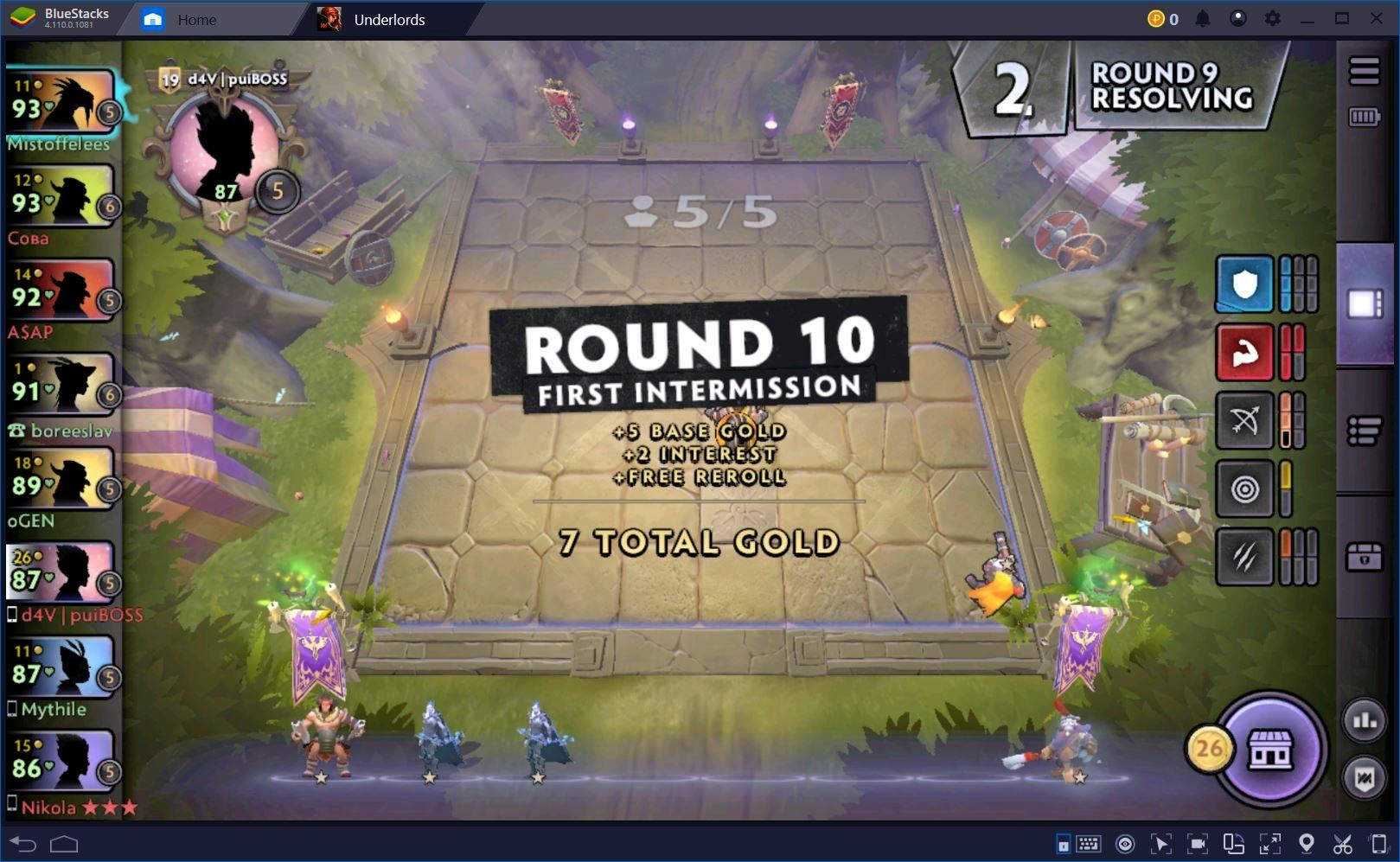
That’s why transitioning from one build to another is such an essential skill right now. If 2 other players aside from yourself are going Knights during a match, it won’t matter for squat how good the comp could be. You’ll likely get kicked back to the lobby before you have the chance to see a Dragon Knight, let alone a 3-star Luna. Ouch!
The First 10 Turns
When we’re talking transitions, the early game is where the magic happens. To build a solid win streak or to avoid taking too much damage in case you were served deadbeat units, you should focus on getting a good number of heroes to 2-stars. At this point, your only goal is to scan the shop, identify potential alliances, and buy the best units for the early game.

Because you’re also trying to build a strong economy, you can’t be too picky with your purchases. What you get is what you have to work with for the first 10 turns, which is why it’s often a good idea to buy any units that show up in pairs (or even trios) in the shop. Even if the units are not amazing, this does increase your chances to get a 2-star hero the following turn. You might squirm a little when you see 3 copies of Warlock in the shop, but if this happens between turns 1 and 5, you bet your Proto Pass level that you should buy them.
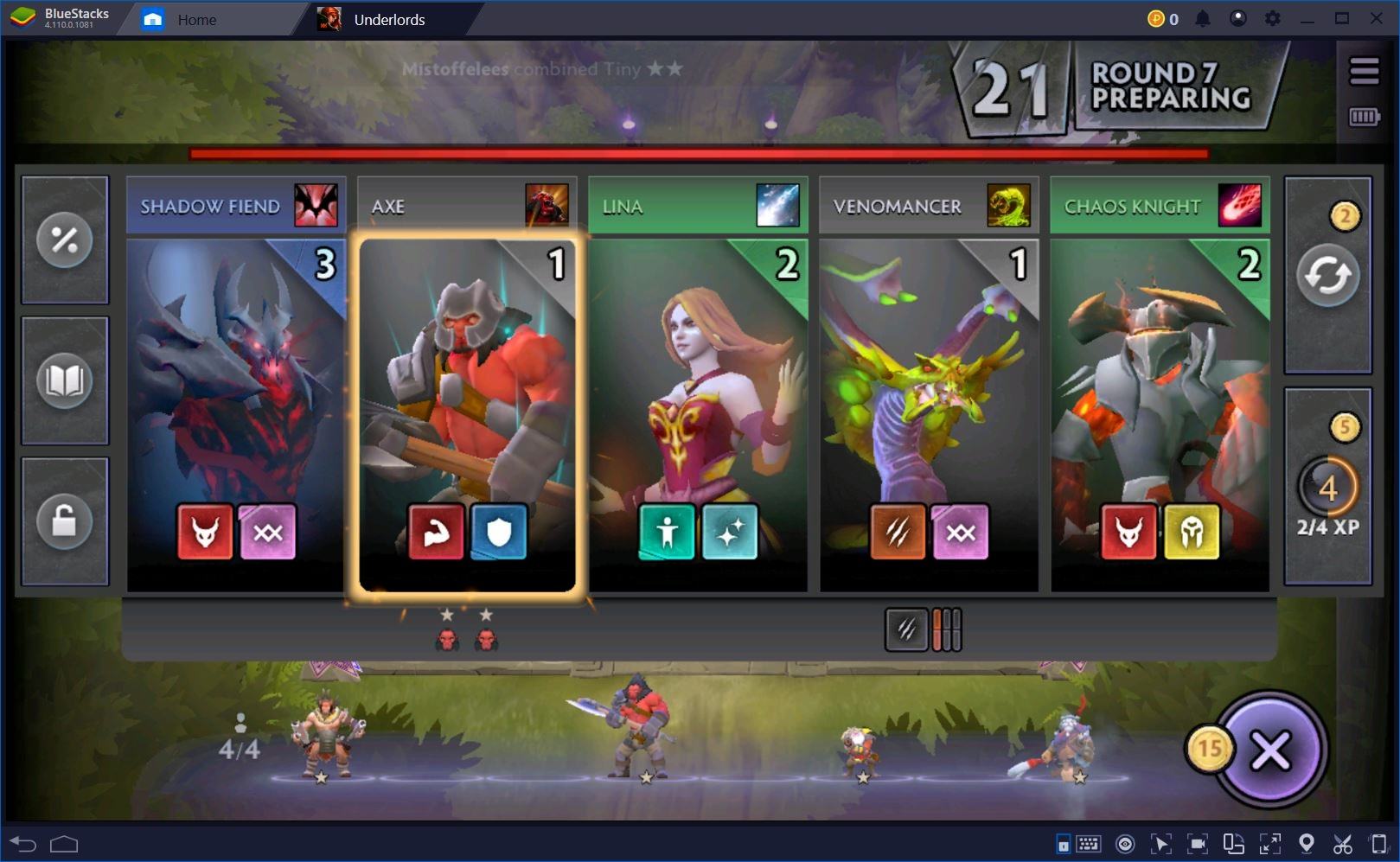
Up to turn 10, you should keep your options open. Don’t buy absolutely everything, because this will greatly hinder your ability to make interest gold, but do pick heroes that you know could go well together later on. After you see your item choices at round 10, you have to start making some big decisions.
By now, you should have a good idea about where your comp is heading and the items you’ve picked so far can help you opt for one alliance or another. Before you commit to anything, however, you have to consider two essential things:
1) what are other players likely to commit to? and
2) how vulnerable is your build when it is contested by others?
Always Spy on the Competition
For the first 10-15 turns of a match, it is paramount that you bring up the game spreadsheet as often as your time allows. If you’re playing Dota Underlords on BlueStacks, you can bind the button to a key using the Keymapping Tool so that you can save some time during preparation. You want to check on other players frequently because, by doing so, you can guesstimate what comps they are likely to go for.
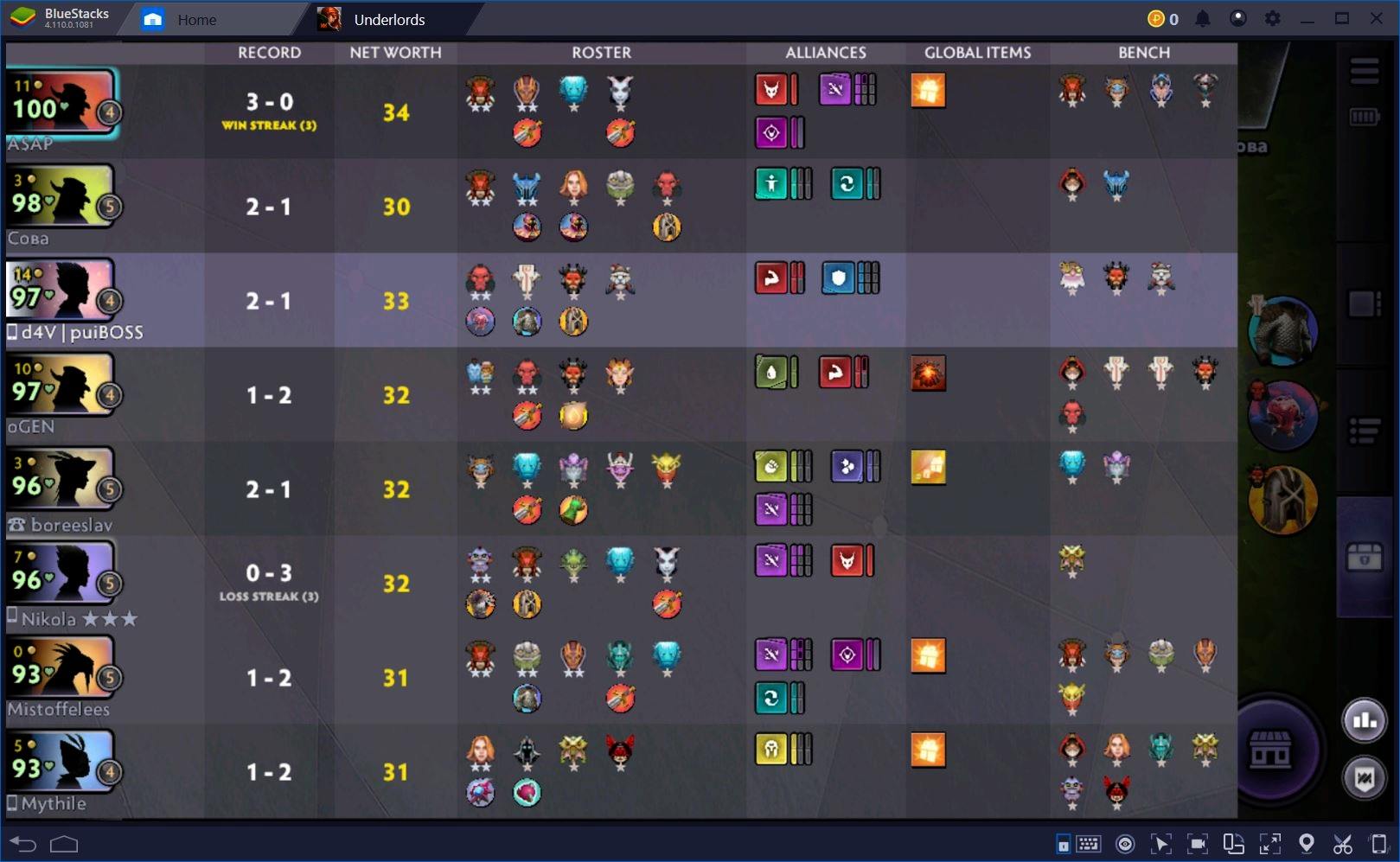
Play Dota Underlords on BlueStacks
Remember that, in this meta, it is crucial that you obtain 3-star heroes before the late game. At this point, it’s far more important to upgrade your units than it is to hit level 10. In fact, many players place first by sticking to just level 8; or even 7, with some builds.
As you know, the heroes pool is shared by all 8 players in a match. In other words, if someone has already found a 3-star Lycan and another player is halfway through finding their 3-star Lycan, there are only 10 Lycans left in the pool. That makes it highly unlikely that you will be able to find enough Lycans to get your own 3-star. And this can ruin a number of comps, including Savages and some Hunter builds.
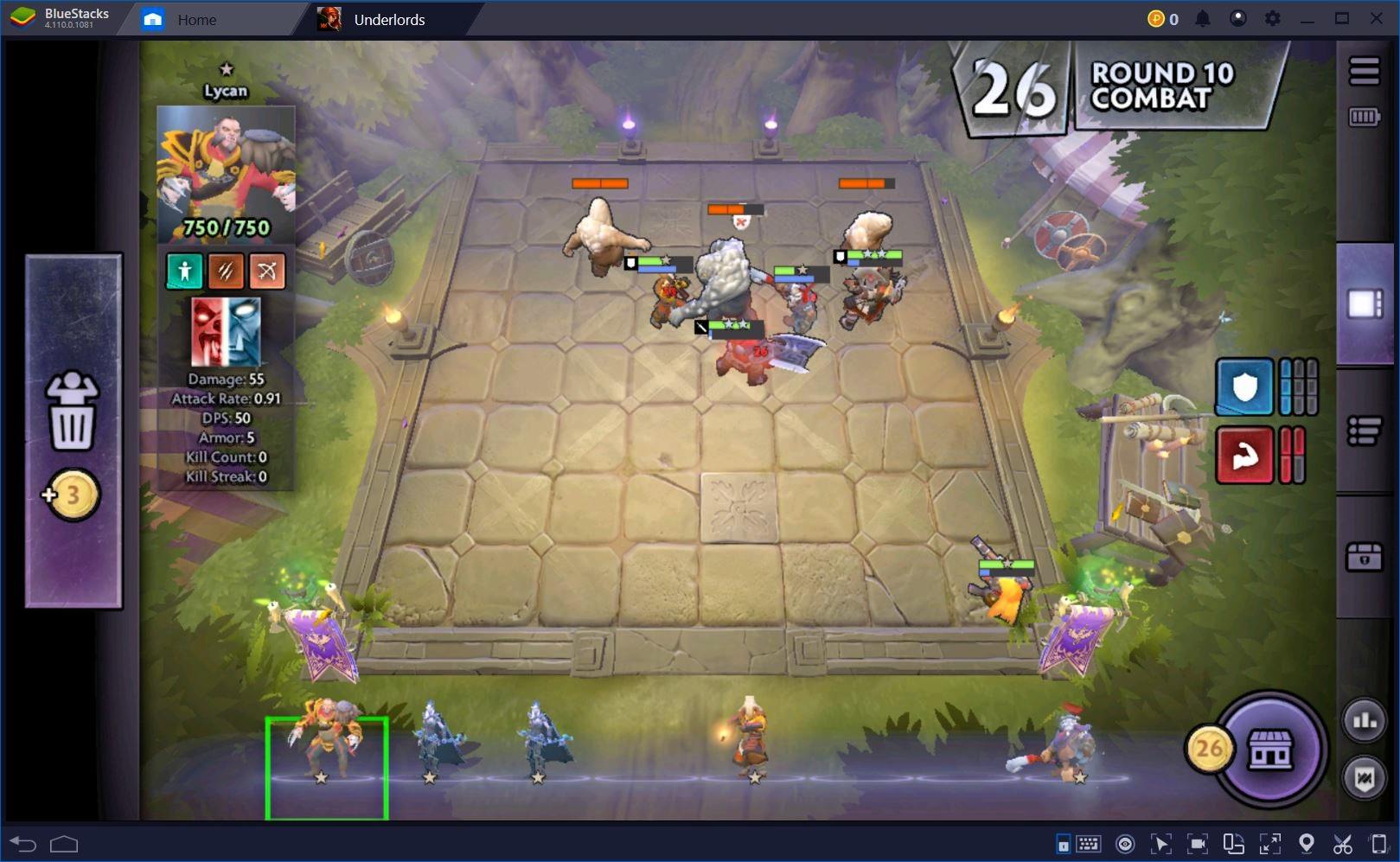
Of course, most people won’t have 3-star 3-cost units by turn 15. However, by looking at the spreadsheet and being familiar with the most popular comps, you’ll be able to tell what others are likely to snatch from the shop in the near future. When you see that 1-3 other people are doing what you’re doing, it’s time to bail, abandon ship, throw your units under the bus, and find something else! If possible.
Highly Contested vs Versatile Early Builds
Some builds – the best builds, you might say – fare extremely poorly when contested. Take Knights, for example. To succeed with them in a lobby of Bosses and above, you have to find at least a 3-star Luna and a 3-star Omni/Abadon. Ideally, you’ll want a 2-star DK, and something that pairs well with Knights, such as a Viper, Puck, or a few Trolls. Most of these units are high cost, which means there are fewer of them in the pool.
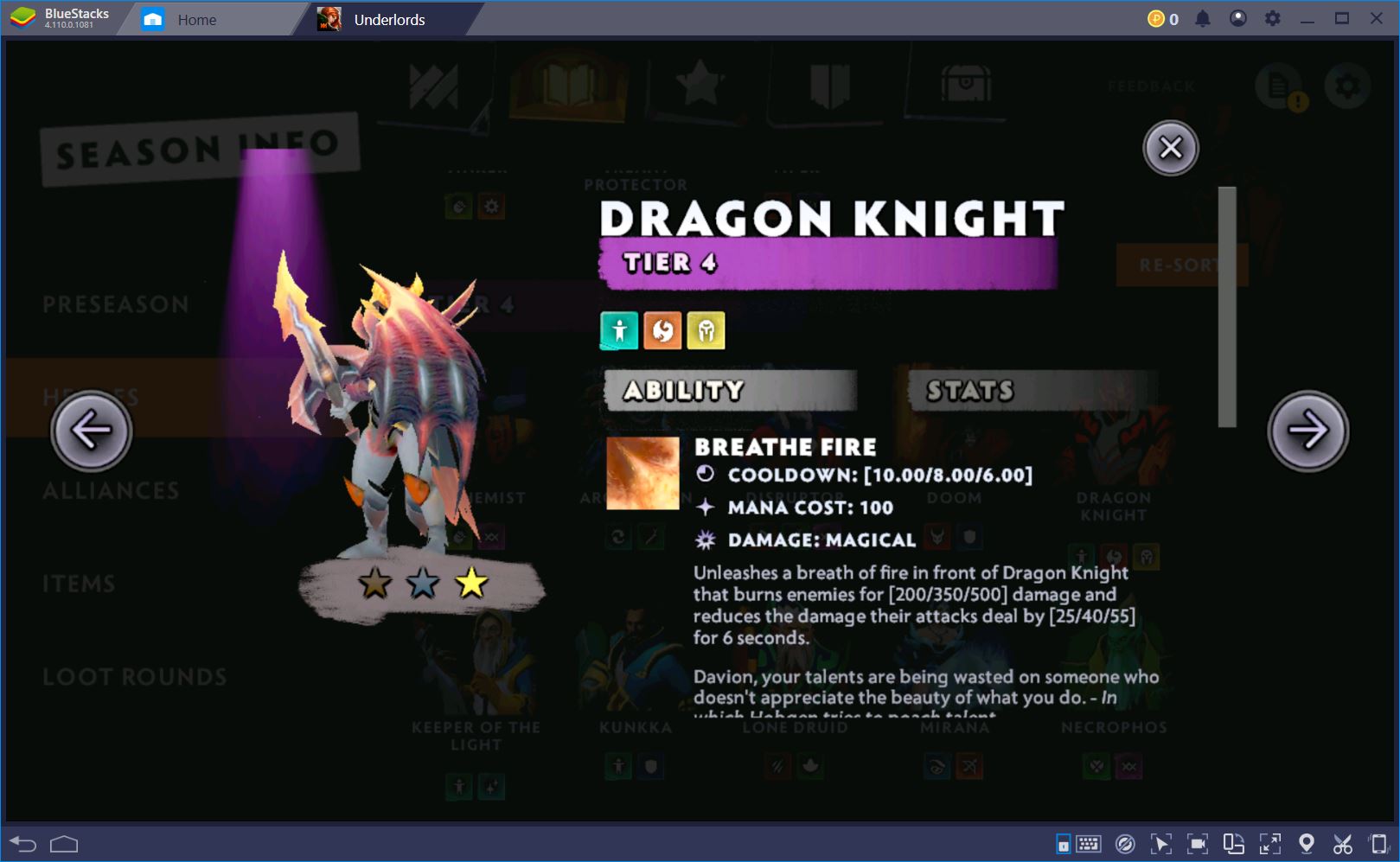
When two people are trying to find 3-star Knights, it can be difficult to get what you need before the end-game. Instead, you can end up with a bunch of useless 2-stars that won’t make it past turn 25. You’ll then return to the lobby raising your fist in the air and expressing your frustration at the fact that Knights should be the best. When three people are trying to build Knights in the same match, well, that spells absolute disaster. At this point, unless you’re already way ahead on heroes, you absolutely have to find a way out of this comp.
A few other alliances are similar to Knights in that they hate being contested. These include Elusives, Assassins, Scrappies, Hunters, and Mages. But there are also some alliances that don’t really care about who else is building what, such as Brawnies, for instance. Because a Brawny comp is made up of mostly 1- and 2-cost heroes, up to two players can be successful building them in the same lobby.
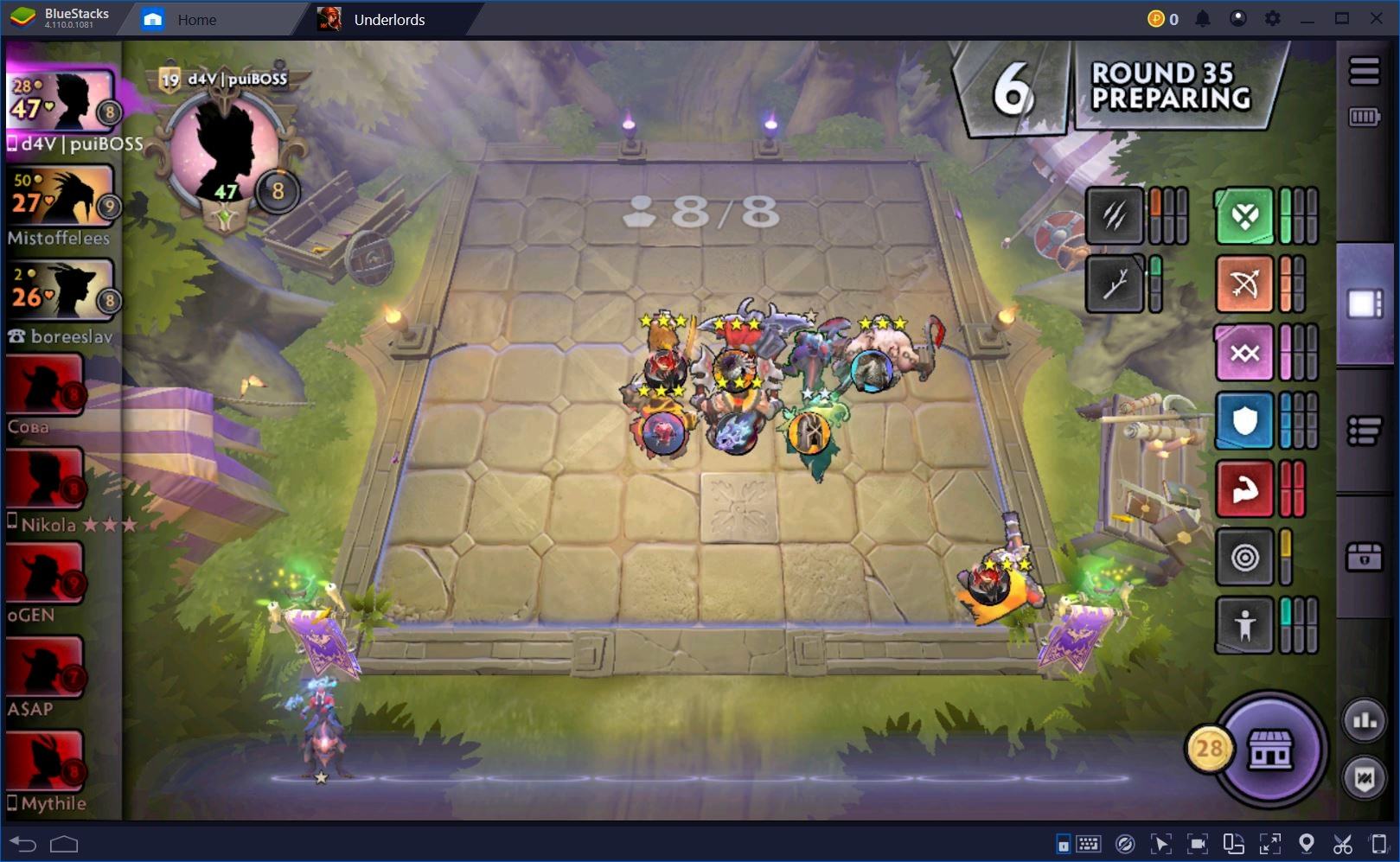
There are also some alliances and heroes that transition very well in case you’re forced to abandon your initial plan between turns 10 and 15. Savages, for instance, are usually built with Druids in the early game. As such, they transition fairly well into Elusives if the right units are made available in the shop. Primordials are also a decent example. You can start out by pairing them with Assassins, but you can also switch to Mages, a combination of the two (so long as at least 2 of your strongest heroes can be upgraded to 3-stars), or even Shamans, depending on what other players are doing.
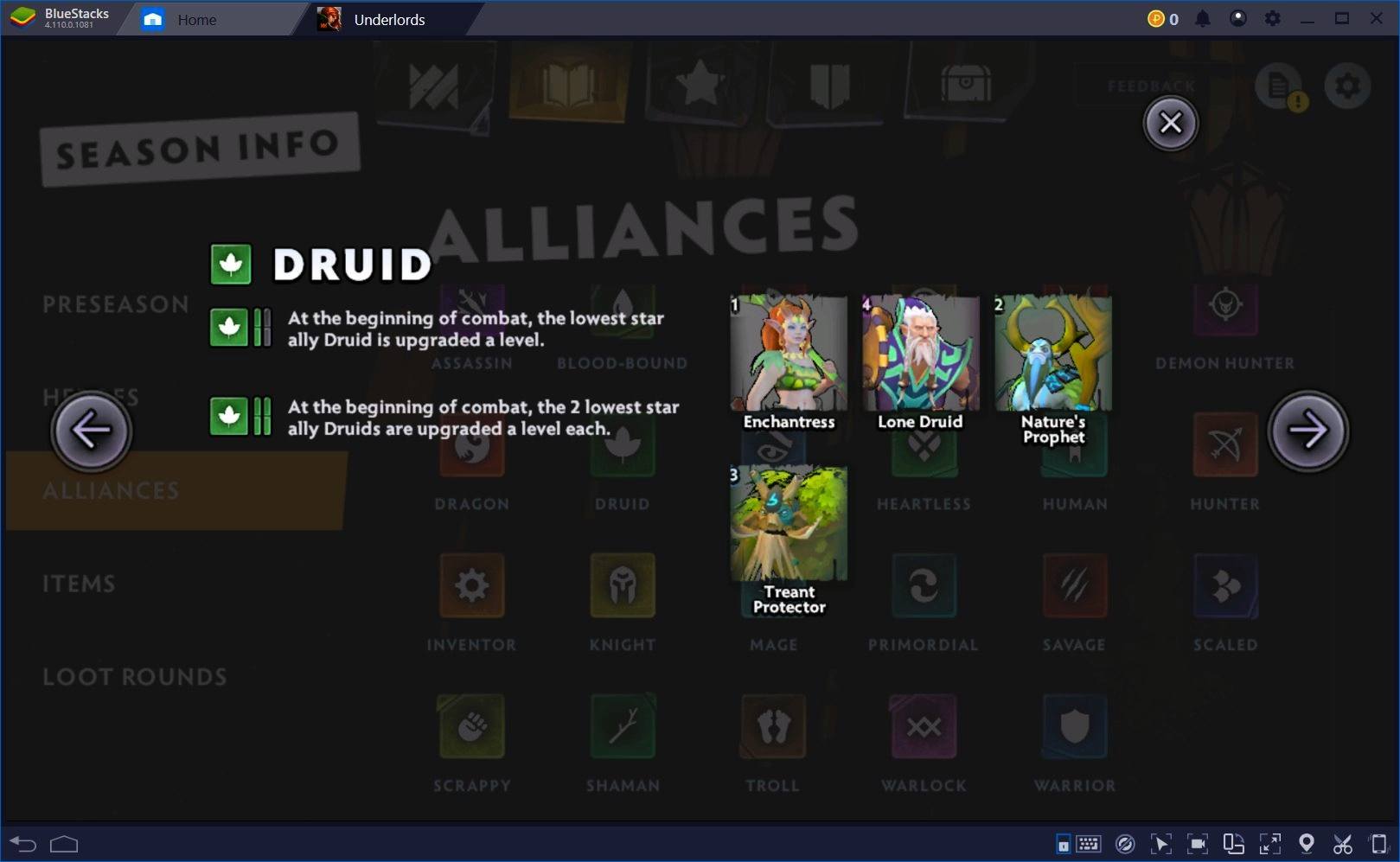
The key, of course, is not so much with the versatility of the alliances you choose as it is with your own ability to keep your options open and entertain several possibilities at the same time. Don’t let frustration get the best of you if you’re locked in a bad comp with one or two other players at turn 20. At the end of the day, you might have a bad game, but if you approach the game with an open mind, you’ll learn something valuable from the experience. Next time, you’ll know better and you’ll be able to more accurately recognize the moments when you should transition.

